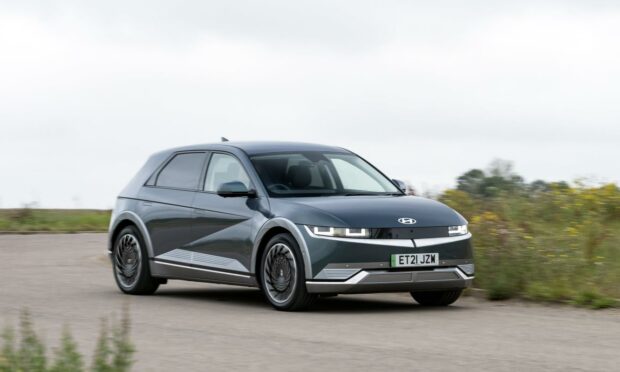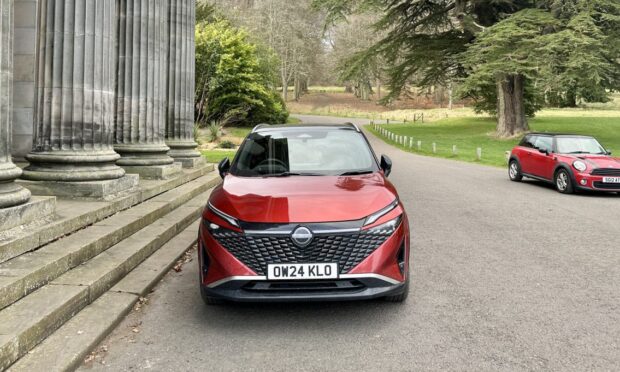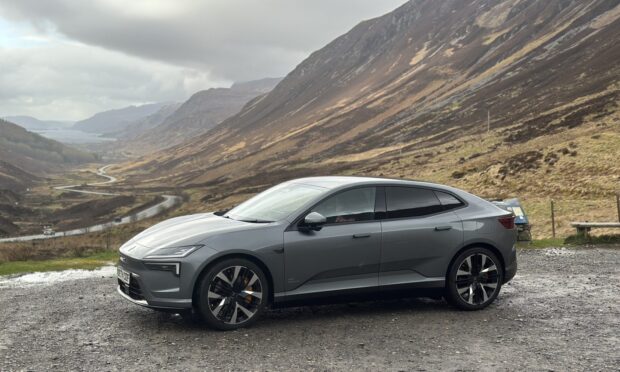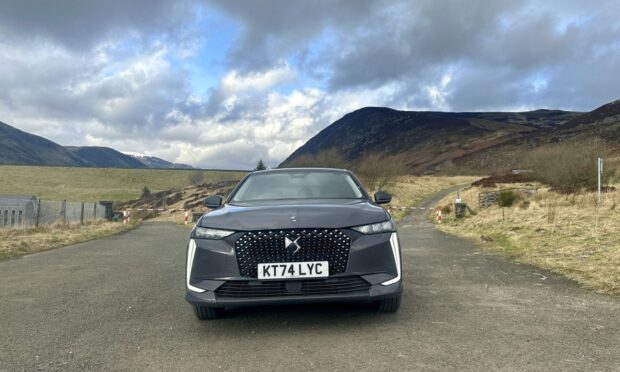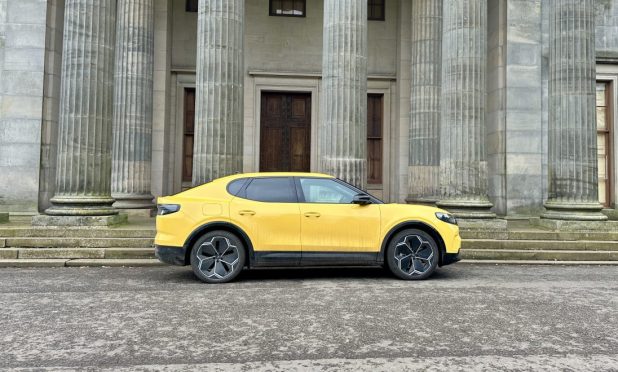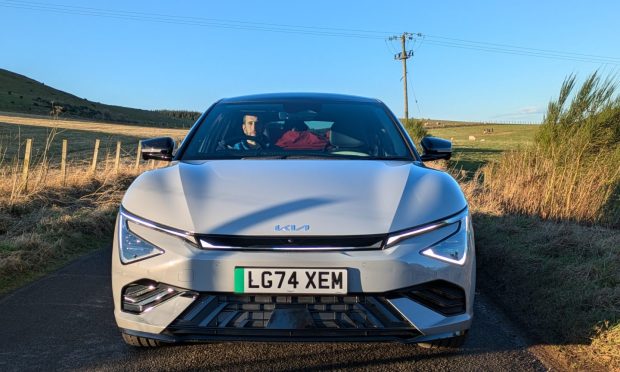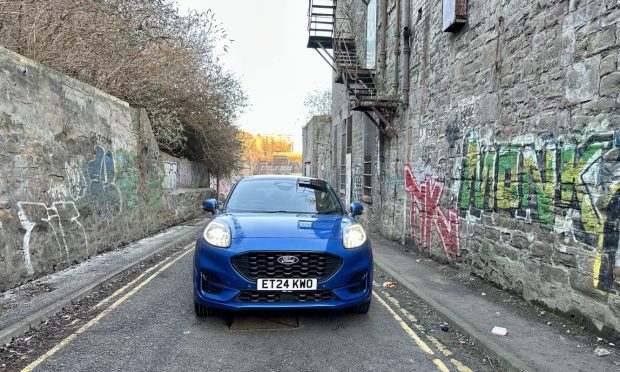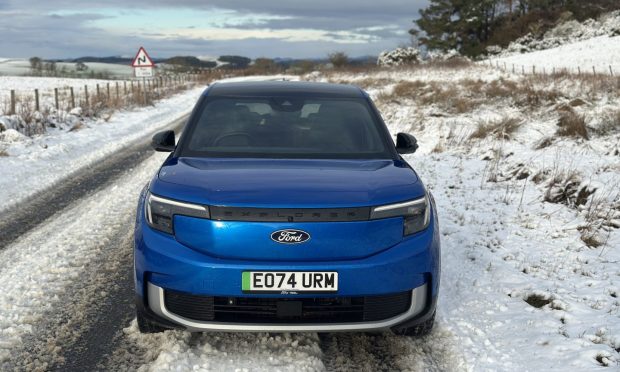The Hyundai Ioniq 5 is one of the newest and best all-electric family cars.
With five seats, a large boot and a range of up to 300 miles it takes on electric rivals such as the Skoda Enyaq, Audi Q4 and Ford Mustang Mach-E.
Hyundai has certainly made sure it will stand out from the crowd. A retro shape reminiscent of an angular 80s hatchback is combined with futuristic detailing in the headlights, front grille and rear LED clusters.
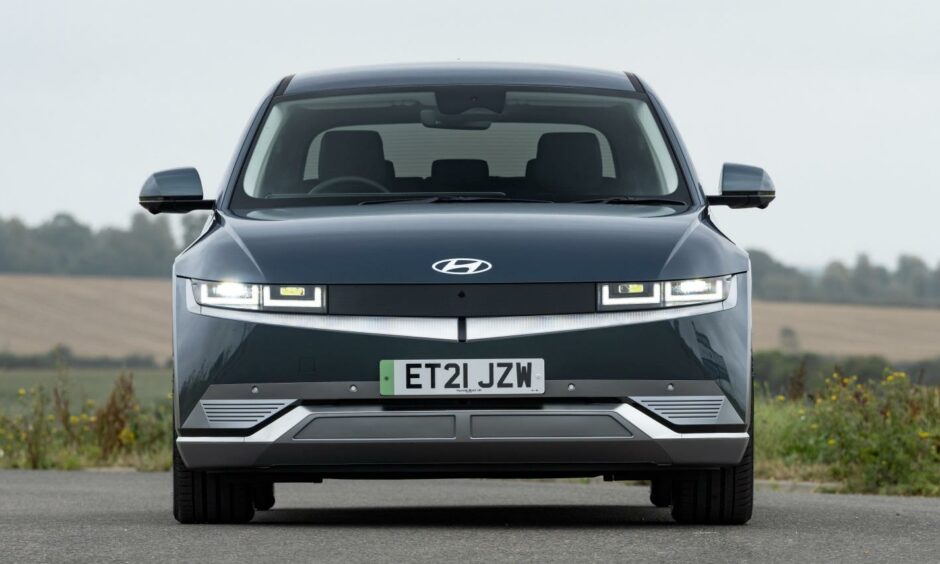
It wouldn’t be out of place in a piece of 80s sci-fi like Blade Runner or Back to the Future. It’s unique and really quite stunning.
In pictures it looks like a Focus-sized hatchback, but in the flesh it’s actually an SUV/crossover that is around the same size as a Range Rover Evoque.
Prices and range
Prices start at £36,995 for the entry level Ioniq 5 SE Connect. That comes with a 168bhp motor powering the rear wheels, a 58kW battery and an official range of 238 miles.
Above that model are Premium and Ultimate versions. These can be specced with more powerful engines, with 217 or 305bhp. They also get bigger 73kWh batteries. And they can be had with either rear wheel drive or four-wheel drive.
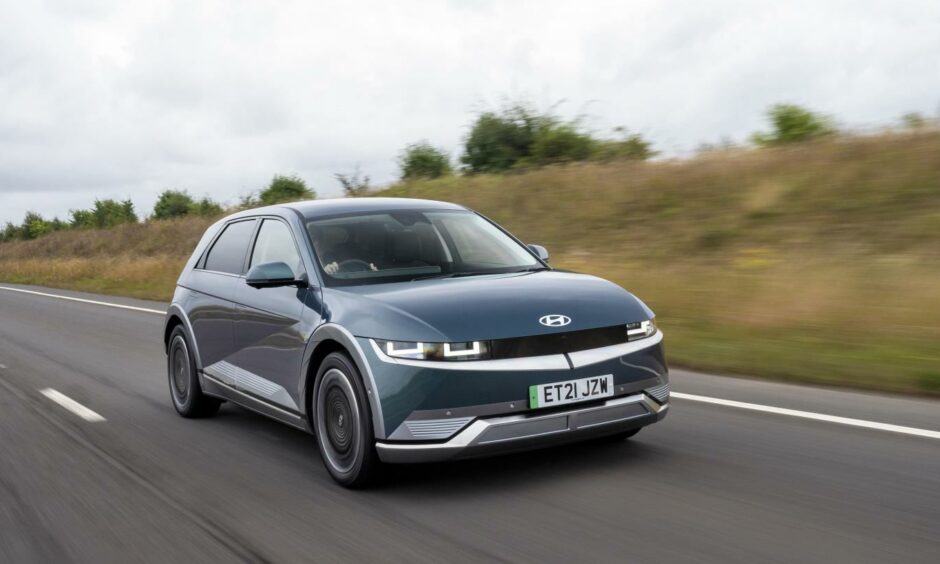
With the biggest battery, the 215bhp engine and rear wheel drive, range is almost 300 miles.
I drove the 217bhp Premium version with rear wheel drive (details in the Facts box are for this model) followed by the all-wheel drive Ultimate version.
Both are quick. The lower powered car gets from 0-62mph in 7.4 seconds, while the 305bhp Ioniq 5 improves that to just 5.2 seconds. With no need to wait for gears to change or revs to build power delivery is instantaneous. The Ioniq 5 feels even faster than its numbers suggest.
The inside is just as dramatic as the outside. Two huge screens dominate the dashboard. One is a touchscreen displaying infotainment and sat-nav functions, while the other sits behind the steering wheel and gives driver information.
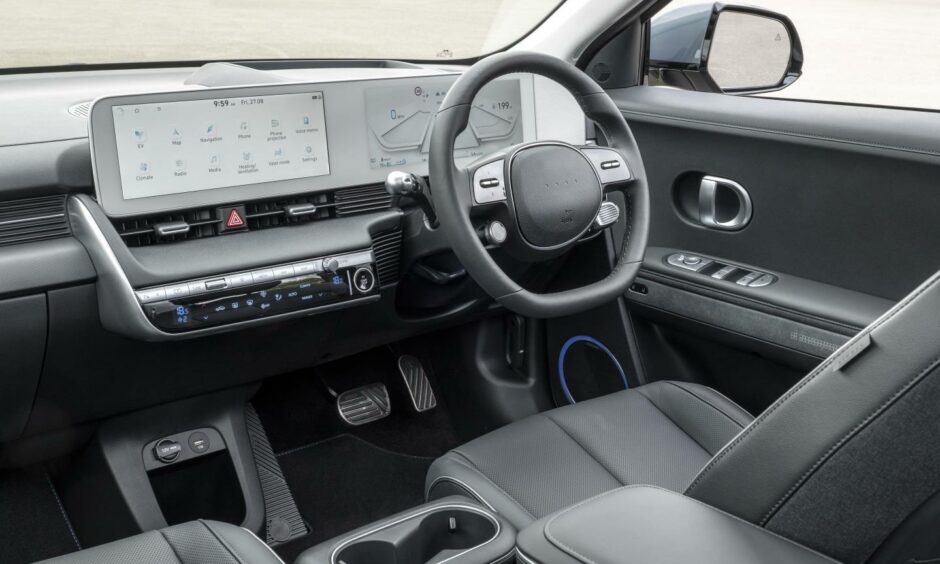
It looks terrific and works well. Best of all Hyundai has stuck with buttons for temperature and fan controls, which are much easier to use than a touchscreen when you’re driving.
All Ioniq 5 models come with auto lights and wipers, a rear view camera, smart cruise control and a wireless charging pad for your phone. Higher spec versions add in electric front seats, leather seats, heated seats in the front and rear, head-up display and Bose stereo.
Plenty of room
Head and leg room in the rear is absolutely excellent. Two adults can sit in comfort, as can three children. The 527 litre boot is very big and expands to a gigantic 1,587 litres if you fold the rear seats.
Weighing in at around two tonnes, the Ioniq 5 does not have the nimble feel of a small hatchback. The batteries are housed in the floorpan, however, so the centre of gravity is low and it does corner quite well.
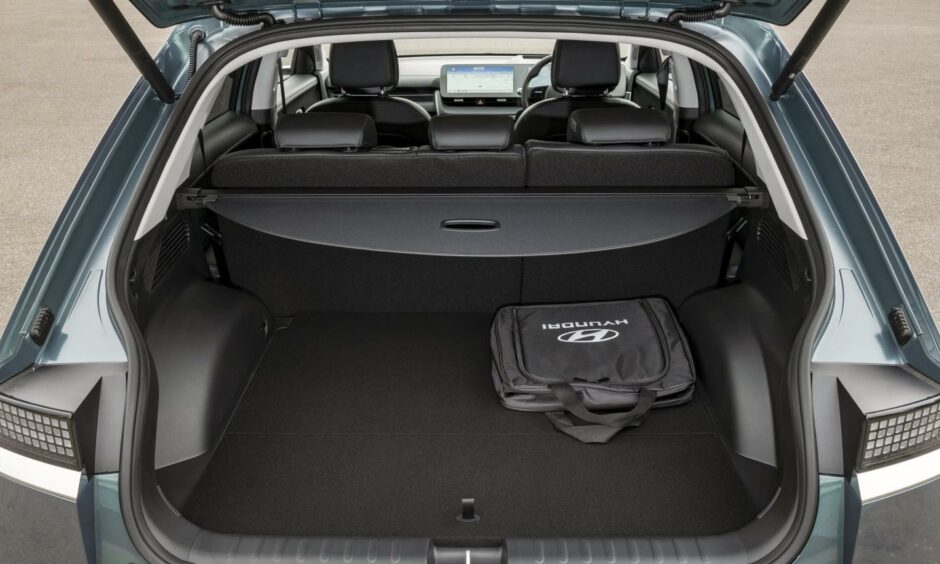
Ride quality is a cut above its rivals. It particularly improves on the Ford Mustang Mach-E, which suffers from fairly twitchy suspension.
I spent an hour driving from Edinburgh through Fife, going out on the dual carriageway and returning along the coastal route via Kinghorn and Aberdour.
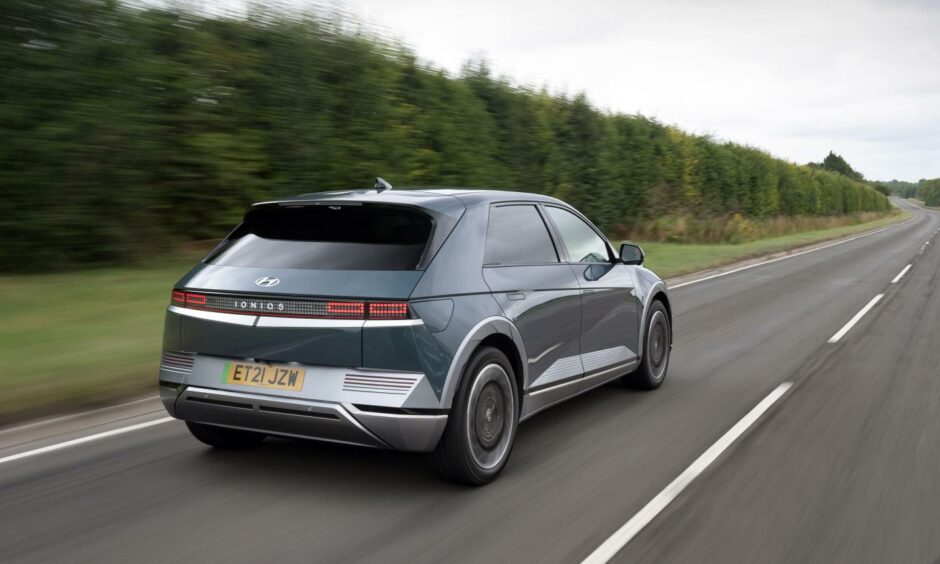
Whether cruising at 70mph, sweeping along an A-road or creeping through a village at 30mph the Hyundai Ioniq 5 was easy and enjoyable to drive.
The Ioniq 5 is capable of using 350kW chargers, which can take the battery from 10-80% in just 18 minutes. There aren’t many such chargers yet but it means the Ioniq 5 is futureproofed when the infrastructure improves. Using the current generation of 50kW chargers, it will take around an hour to get up to 80% battery.
I really liked the Hyundai Ioniq 5. It’s striking and unique, comfortable and fun, spacious and practical, competitively priced and cheap to run.
Facts
Price: £41,945
0-62mph: 7.4 seconds
Top speed: 115mph
Range: 298 miles
CO2 emissions: 0g/km
